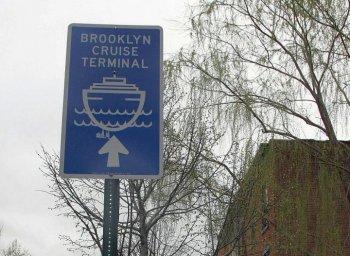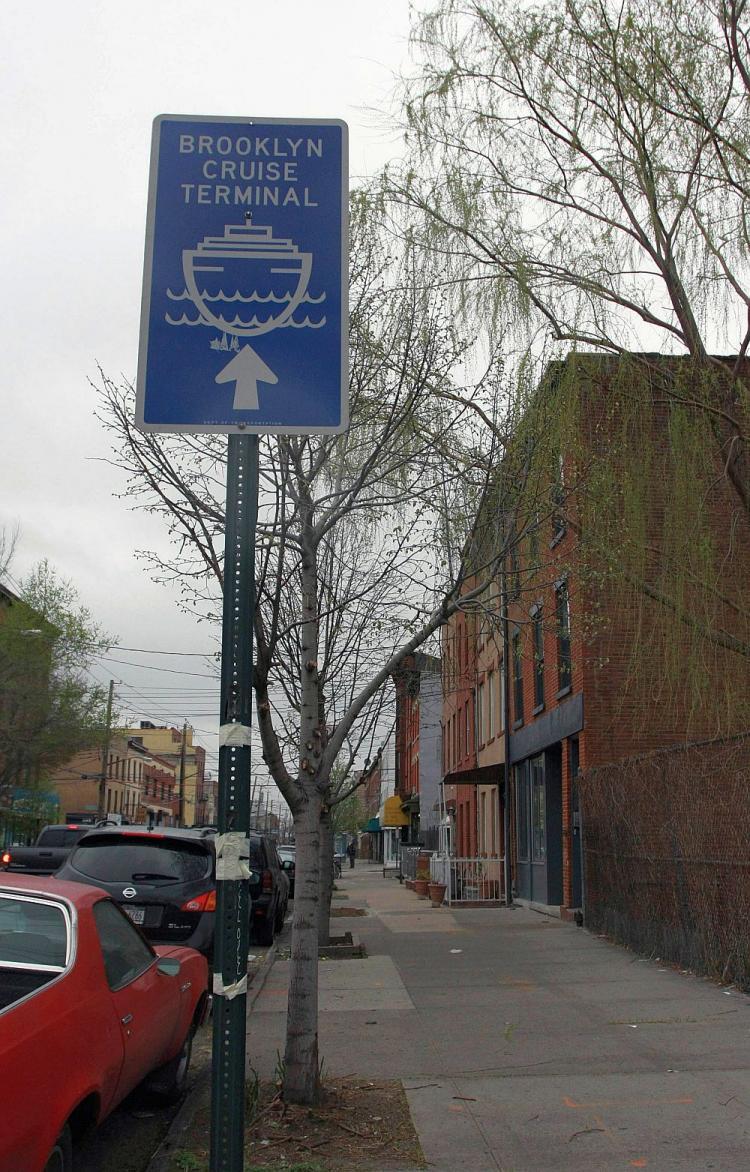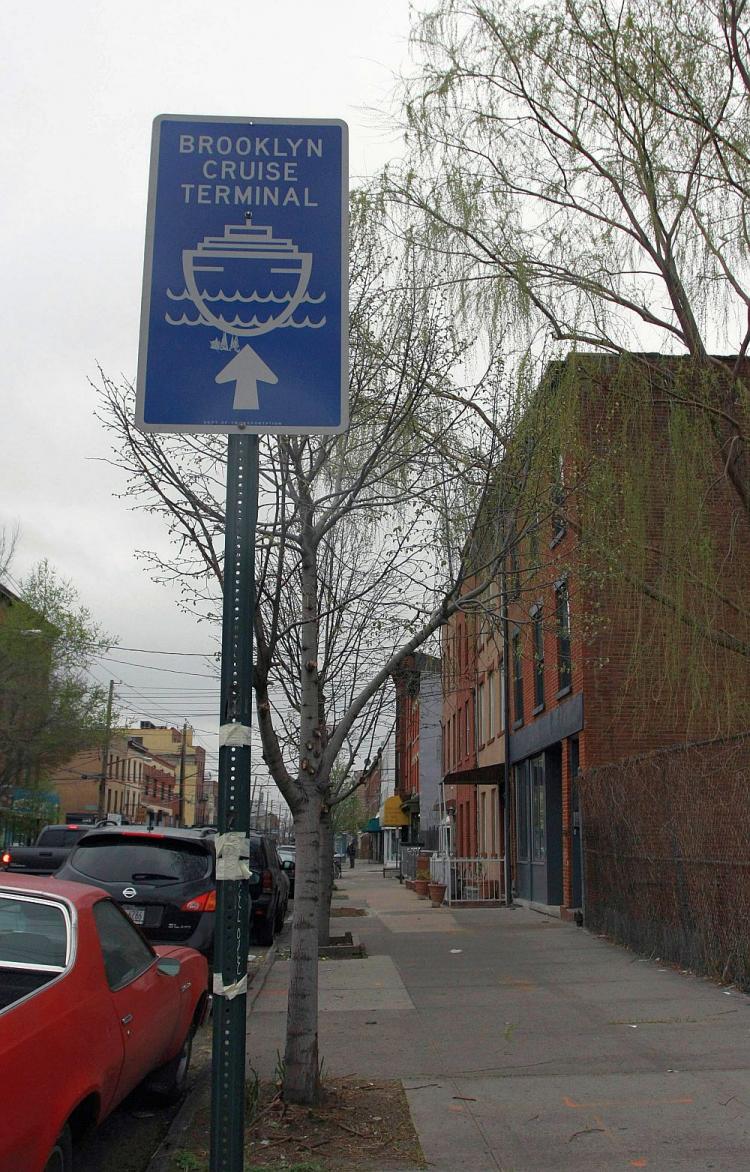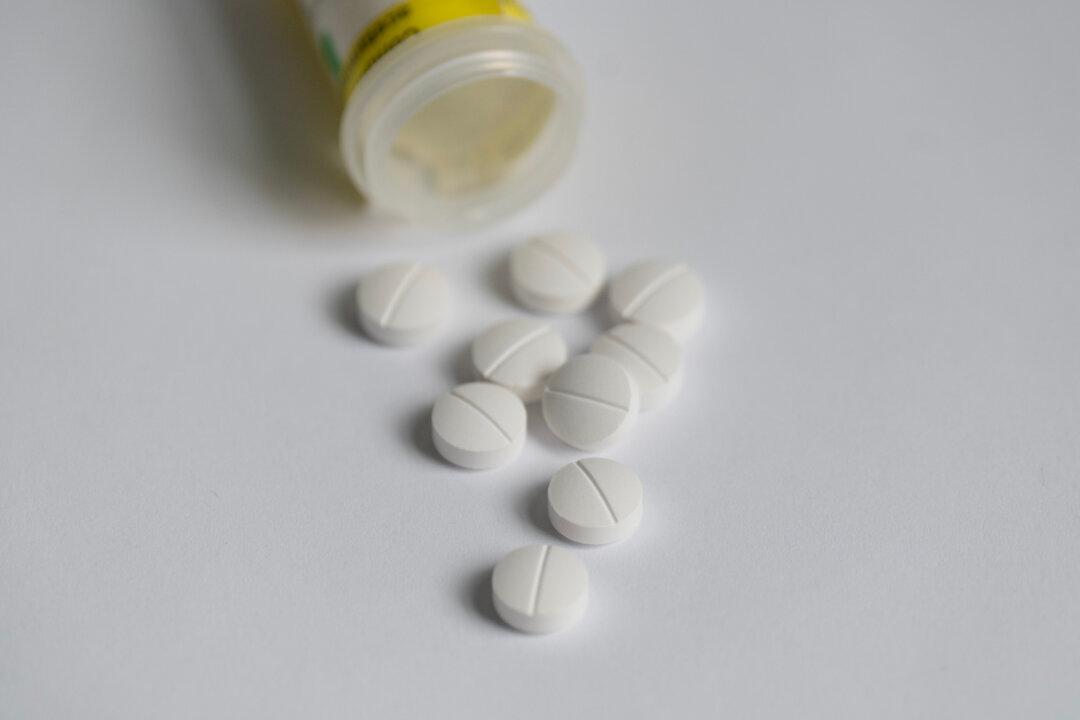NEW YORK—The Brooklyn Cruise Terminal has long been a smoggy site, with ships idling while docked. Each ship’s diesel emissions are equal to the polluting power of 10,000 cars. The diesel engines will be switching to electric power while at port.
The Port Authority is investing $12 million, with $3 million from the U.S. Environmental Protection Agency, to build the first electric power-capable terminal on the East Coast. Carnival Cruises has agreed to spend $4 million retrofitting its ships for the initiative.
Brooklyn residents on the northwest shore in Red Hook will breathe easier next summer without a fossil-fuel fog blowing in from the sea. Construction of the onshore infrastructure will begin mid-2011 and be completed by 2012.
Adam Armstrong lives near the terminal and feared for the health of his two young children. He lobbied his elected representatives and got the community involved in pushing for the ecological and health-friendly move.
“The use of shore power in Brooklyn should set the example for the rest of our city’s ports, where similar ‘green’ practices could and should be implemented, with resultant health benefits for all New Yorkers,” Adams told Water Wire, an online newsletter put together by Water Front Alliance, a coalition of organizations tied to the city’s waterfront.
Carnival Cruise Lines will also be required to use progressively lower-sulfur fuel starting in 2012.
The Port Authority is investing $12 million, with $3 million from the U.S. Environmental Protection Agency, to build the first electric power-capable terminal on the East Coast. Carnival Cruises has agreed to spend $4 million retrofitting its ships for the initiative.
Brooklyn residents on the northwest shore in Red Hook will breathe easier next summer without a fossil-fuel fog blowing in from the sea. Construction of the onshore infrastructure will begin mid-2011 and be completed by 2012.
Adam Armstrong lives near the terminal and feared for the health of his two young children. He lobbied his elected representatives and got the community involved in pushing for the ecological and health-friendly move.
“The use of shore power in Brooklyn should set the example for the rest of our city’s ports, where similar ‘green’ practices could and should be implemented, with resultant health benefits for all New Yorkers,” Adams told Water Wire, an online newsletter put together by Water Front Alliance, a coalition of organizations tied to the city’s waterfront.
Carnival Cruise Lines will also be required to use progressively lower-sulfur fuel starting in 2012.








Friends Read Free